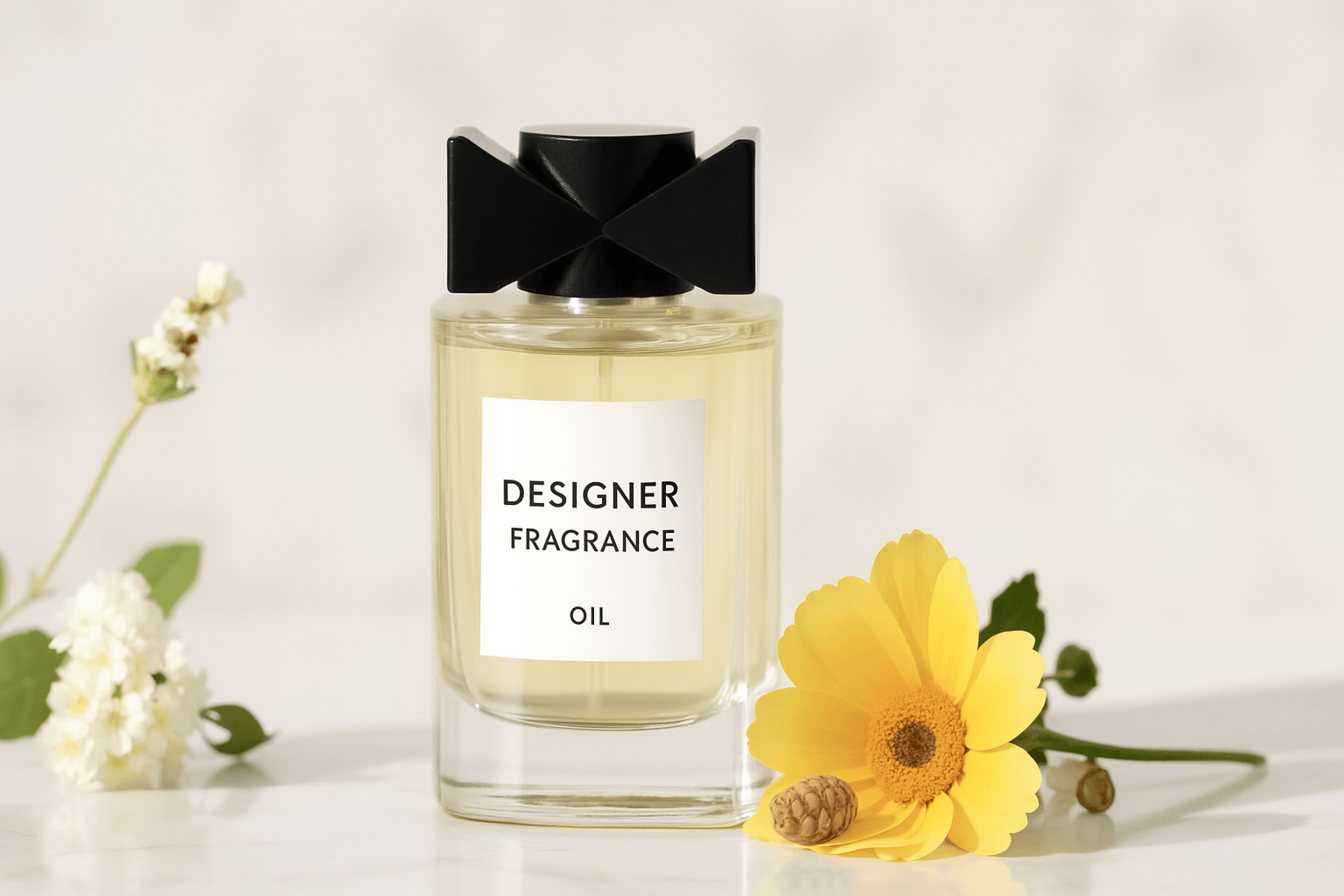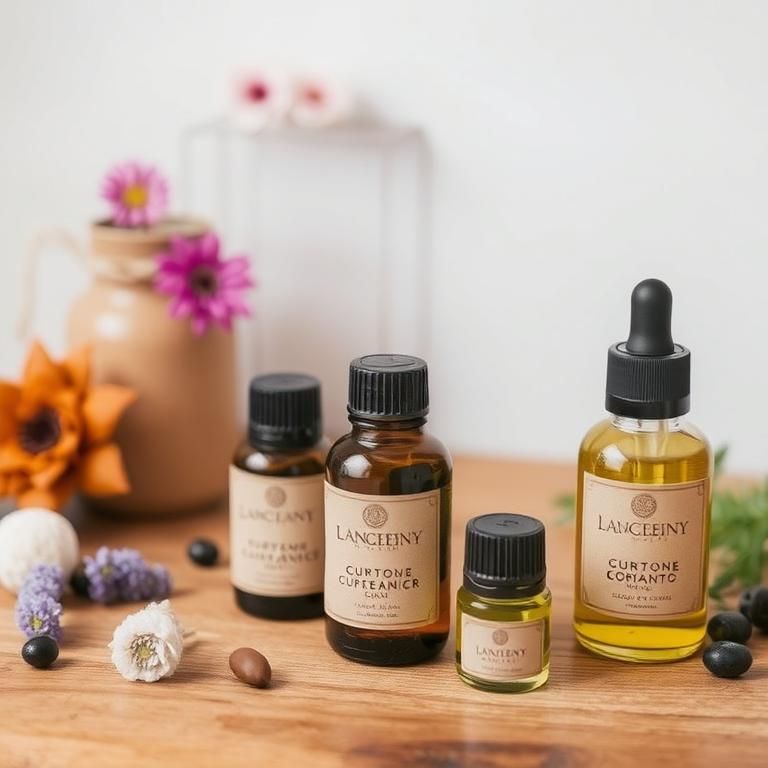



Learn how to design bespoke perfume oils with I’SCENT: client consultation, note balancing, carrier selection, iterative testing and safety compliance.
Designing a custom perfume oil really feels a little bit like crafting an art piece. You mix scientific research and narration to supply a scent that informs a customer’s special tale. Below, you’ll find five core steps—each with real-world scenarios, jargon to address common pain points, and data tables to back up your claims. Wherever possible, I’ve sprinkled in links to our offerings at I’SCENT fragrance oils to show you how we turn theory into practice.
Understanding a client’s vision starts with a sit-down. You don’t just ask “What do you like?” You dig for memories, moods and lifestyle notes.
Once you’ve got a mood board, you translate colors and textures into scent accords.
This tailored process sets the stage for a truly bespoke blend. For more on our custom solutions, see Perfume Fragrance Oil Solutions.

A perfume oil must feel harmonious from first whiff to final dry-down. That harmony comes from blending top (head), heart (middle) and base notes like musical chords.
In our Fine Fragrance line, we often start with a bergamot top, layer a jasmine-rose heart and finish with a sandalwood-vanilla base. This triad creates a smooth evolution and strong dry-down.
Choosing the right carrier and oil load affects texture, throw and skin feel.
| Carrier Type | Pros | Cons | Typical Use Case |
|---|---|---|---|
| Jojoba Oil | Skin-friendly, long shelf | Higher cost | Luxury personal care blends |
| Fractionated Coco | Light texture, non-greasy | Can feel too thin | Hair care & cosmetic fragrance oils |
| Ethanol Blend | Strong sillage, fast diff. | Can be drying on skin | Classic perfume oils |
Data based on I’SCENT R&D trials.
| Product Category | Fragrance Load (%) | Carrier Ratio |
|---|---|---|
| Perfume Oil | 20–30 | 70–80 ethanol |
| Hair Care Fragrance | 3–5 | 95–97 oil blend |
| Soap Fragrance Oil | 1–3 | 97–99 oil blend |
| Detergent Fragrance | 0.5–1 | 99–99.5 oil blend |
These ranges help balance sillage, longevity and cost. By tightening concentration tolerances, you prevent flash-off issues and reduce regulatory headaches.
You rarely get the perfect blend on draft one. Continuous tweaks matter.

Real-world testing requires input from brand managers, fragrance houses or end-users. For example:
This R&D protocol aids you hit agreed-upon KPIs– whether that’s “high sillage” for a trademark launch or “soft aura” for an intimate mix.
You must navigate IFRA limits, allergen disclosures and labeling rules.
Proper Safety Data Sheets (SDS) and IFRA certificates aren’t just red tape. They’re trust builders. They protect you from recalls and keep your client’s brand out of legal hot water.
Read more about our compliance workflow at Fragrance Oils Manufacturer.

| Step | Key Takeaway | Business Value |
|---|---|---|
| Consultation & Mood Board | Nail down emotional triggers | Boosts brand differentiation |
| Note Balancing | Create a harmonious scent evolution | Drives repeat purchase through loyalty |
| Carrier & Concentration Selection | Optimize texture and throw | Controls COGS and maximizes margin |
| Iterative R&D | Validate in real-world scenarios | Cuts time-to-market and avoids reformulation |
| Safety & Compliance | Meet global regulations | Reduces legal risk and builds trust |
By following these steps—rooted in client insights, data-driven testing and rigorous safety checks—you’ll design bespoke perfume oils that sell. At I’SCENT fragrance oils, we blend creativity with precision to help Perfume Brands, Cosmetics Companies and Household Products Manufacturers stand out in a crowded market. With our fine fragrance, personal care, home care, air care and bakery fragrance solutions, you can meet any client brief—no matter how niche.